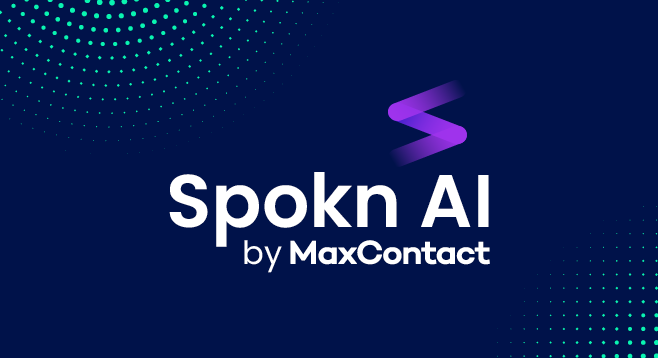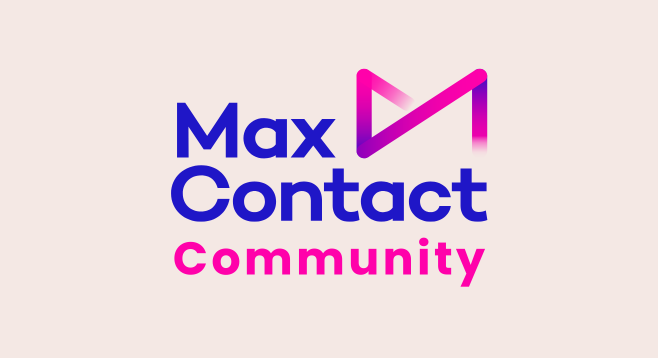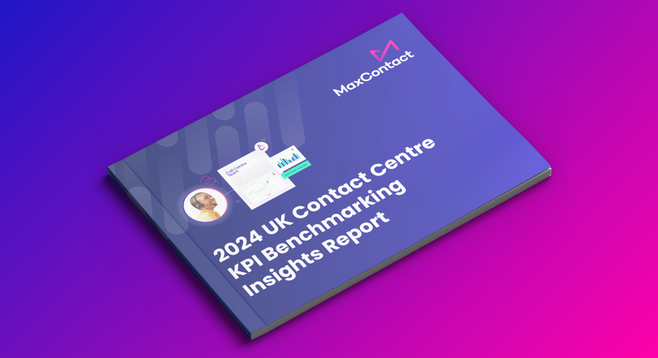Glossary
MaxContact’s glossary of call centre
related terms and definitions.
Enter your search term:
Answer Seizure Ratio (ASR)
Assisted Payments
Automated dialler
Automated Payment Phone Line
Average Call Duration (ACD)
Average Handle Time (AHT)
Back-Office
Bound Rate
Business Process Outsourcing (BPO)
Busy Hour
Call centre
Call centre software
Call Progress Analysis (CPA)
Canned Responses
Contact Center as a Service (CCaaS)
Conversation Scripts
Customer Complaint Resolution (CCR)
Customer Contact Agent (CCA)
Customer engagement platform
Customer Experience Model (CEM)
Customer Relationship Management (CRM)
Customer Satisfaction (CSAT)
CX Employee Experience (CXEE)
Data Access Form (DAF)
DNC List
Email Management
Emotional Index (EI)
Facebook Messenger
First Call Resolution (FCR)
Follow-up
Forecasting
Free of Charge (FOC)
Gamification
Ghost Calls
Grade of Service (GoS)
Graphical User Interface (GUI)
Handling Time
Hold Time
Hot Transfer
Inbound call centre
Inbound Dialling
Interactive Voice Response (IVR)
- Out-of-hours talking voice messages
- APIs to trigger auto-responses
- Text-to-speech to notify customers of account specifics or delivery.
Job Aid
Job Shadowing
Journey Mapping
Key Performance Indicator (KPI)
Key Results Indicator (KRI)
Knowledge Base
License
Live Web Chat
Longest Wait Time (LWT)
Manual Dialling
Natural Language Processing (NLP)
Non-disclosure Agreement (NDA)
NPS
Omnichannel Customer Engagement
Outbound Dialling
PCI-Compliant Payments
Predictive Dialler
Progressive Dialler
Quality Assurance (QA)
Reason Code
Report
Request for Proposal (RFP)
Routing
Secure IVR Payments
Secure Payment
Sentiment Analysis
Service Level Agreement (SLA)
SMS
Speech Analytics
Target Operating Model (TOM)
Telephone Preference Service (TPS)
Unified Communications as a service (UCaaS)
Upselling
User Acceptance Testing (UAT)
Workforce Management (WFM)
Wrap-up Time



